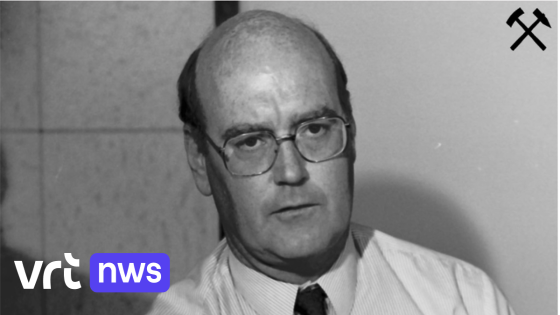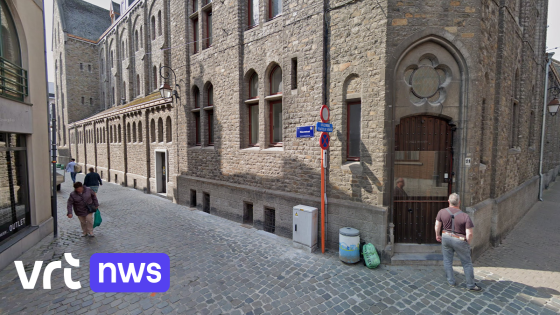Thyl Gheyselinck, known for his role in the closure of Limburg’s coal mines, passed away in Portugal on February 4, 2025. His name is synonymous with the end of an era for Belgium’s mining industry. How did a single individual shape the fate of six coal mines during such challenging times?
- Thyl Gheyselinck associated with mine closures
- Limburg had seven coal mines previously
- Closure due to gas and nuclear energy
- Government decision led to mine shutdowns
- Gheyselinck managed remaining six mine closures
The Legacy of Thyl Gheyselinck and Limburg’s Coal Mines
What does the closure of Limburg’s coal mines mean for Belgium? Thyl Gheyselinck played a pivotal role in this transformation. Once home to seven active coal mines, Limburg faced drastic changes as energy sources evolved. Gheyselinck managed the complex task of shutting down six remaining mines after Zwartberg closed in 1966.
The Impact on Energy Transition in Belgium
The closure of these mines was not just about shutting down operations; it represented a broader shift towards renewable energy sources and sustainable practices. This transition is crucial as countries worldwide seek greener alternatives.
Challenges Faced During Mine Closures
The process was fraught with difficulties that required strategic planning and community involvement:
- Economic impact on local communities reliant on mining jobs.
- Environmental concerns regarding mine site rehabilitation.
- Need for alternative employment opportunities for displaced workers.
- Cultural significance tied to mining heritage and identity.
The Future After Mining: A New Era
The legacy left by Gheyselinck continues to influence how regions adapt post-mining. As new industries emerge, there’s potential for innovation and growth:
- Investment in renewable energy projects.
- Development of tourism centered around industrial heritage sites.
- Create educational programs focused on sustainability and green technologies.































